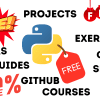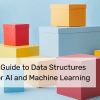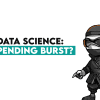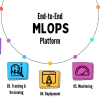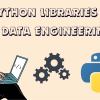Latest Posts |
|---|
|
From Our Partners |
|---|
More Recent Posts
- 5 Free Advanced Python Programming Courses
- Retrieval Augmented Generation: Where Information Retrieval Meets Text Generation
- 7 Best Platforms to Practice Python
- Data Scientist Breakdown: Skills, Certifications, and Salary
- Semantic Search with Vector Databases
- How to Standout and Safeguard Your Job in the Generative AI Era
- 5 Free Stanford University Courses to Learn Data Science
- Ultimate Collection of 50 Free Courses for Mastering Data Science


